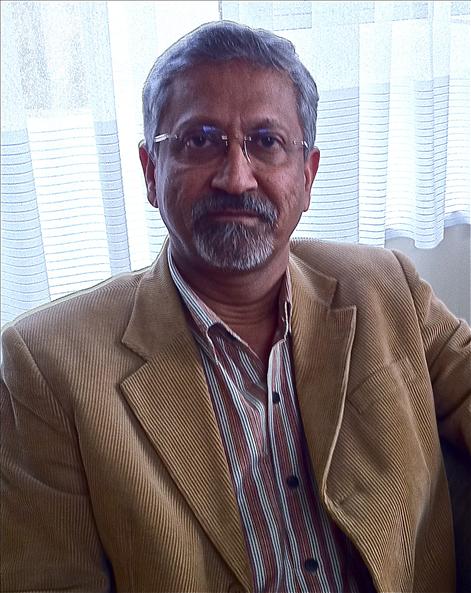 The New Zealand India Research Institute based at the University, involves nearly 40 academics from five New Zealand universities, including Victoria, Auckland, Massey, Canterbury and Otago.
The New Zealand India Research Institute based at the University, involves nearly 40 academics from five New Zealand universities, including Victoria, Auckland, Massey, Canterbury and Otago.
The Institute has been established on the same lines as the highly successful New Zealand Contemporary China Research Centre.
The Centre, also based in the Victoria University Campus, carries out a wide range of initiatives and promotes research to ensure New Zealand engages effectively with China.
Because of New Zealand’s size, no university has a large number of academics working on research related to India.
By coming together in a national centre of Indian studies, we can have an impact both in terms of the research we carry out and in our engagement with academics in India.
Diaspora Research
The Institute will carry out research on the Indian Diaspora in New Zealand and leverage the knowledge of Indian expatriates in New Zealand.
The Institute is one of the many initiatives under the umbrella of the India-New Zealand Education Council (INZEC), which is co-chaired by Tertiary Education Minister Steven Joyce and India’s Minister of Human Resources Development (currently Dr M Mangapati Pallam Raju).
The Council has a jointly funded budget of $1 million.
Prime Minister John Key, during his visit to India last year, signed an agreement with India’s Prime Minister Dr Manmohan Singh at Hyderabad House in New Delhi on June 28, 2011 (Indian Newslink, July 1, 2011), which led to the establishment of the Council.
Its objectives include achieving greater cooperation between New Zealand and India in the education sector.
Focus areas
The Institute will focus on five areas, namely, society and culture, migration, economics and business, environmental sustainability and politics and security.
In addition to promoting research on India and New Zealand-India relations, it will encourage postgraduate studies on India in New Zealand universities and facilitate academic exchanges between Indian scholars in New Zealand, India and other parts of the world.
A key benefit for New Zealand will be greater visibility of its education capability in India.
There is significant potential for more engagement in the education field, both in terms of Indian students coming to New Zealand to study and carry out research, and for our Indian scholars to be involved in research projects with colleagues in India.
There is an opportunity for India to work with universities in New Zealand that are ranked among the top 500 in the world.
Varsity tie-up
The Institute has already signed a Memorandum of Understanding with Jawaharlal Nehru University in New Delhi and is negotiating a similar understanding with the University of Hyderabad.
It is planning to hold two conferences in New Zealand next year for academics from New Zealand and India as well as a joint Indo-New Zealand conference in India.
In addition to its research role, the Institute is well placed to be a leader in other activities of INZEC.
The Institute has the expertise to manage and promote higher education and research activity between the two countries.
India is a major education market for New Zealand. The Institute can help to realise the significant potential that exists.
Professor Sekhar Bandyopadhyay is Professor at the School of History, Philosophy, Political Science & International Relations at the University of Victoria based in Wellington. He is also Director of the New Zealand India Research Institute. He can be contacted on (04) 4636772; Email: sekhar.bandyopadhyay@vuw.ac.nz
Read related report in this Section and under Businesslink.






